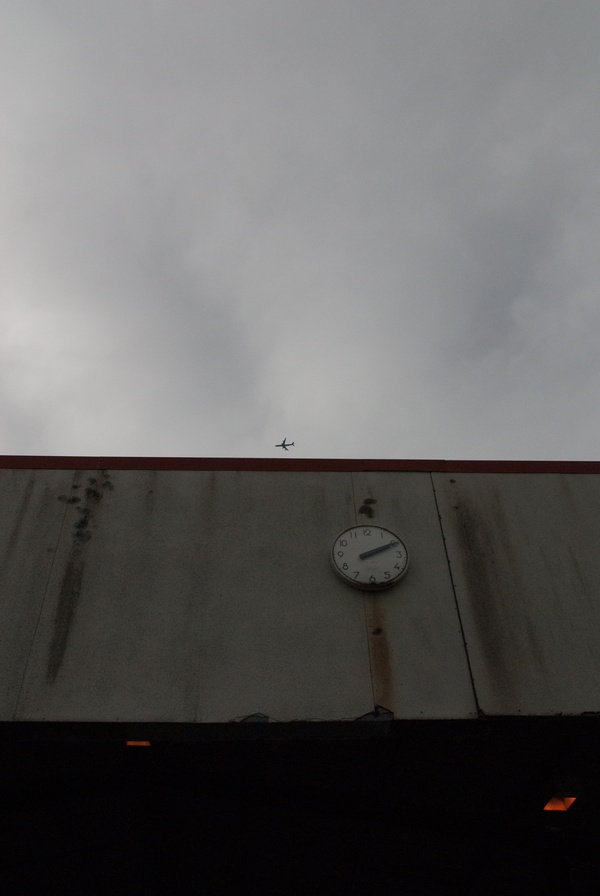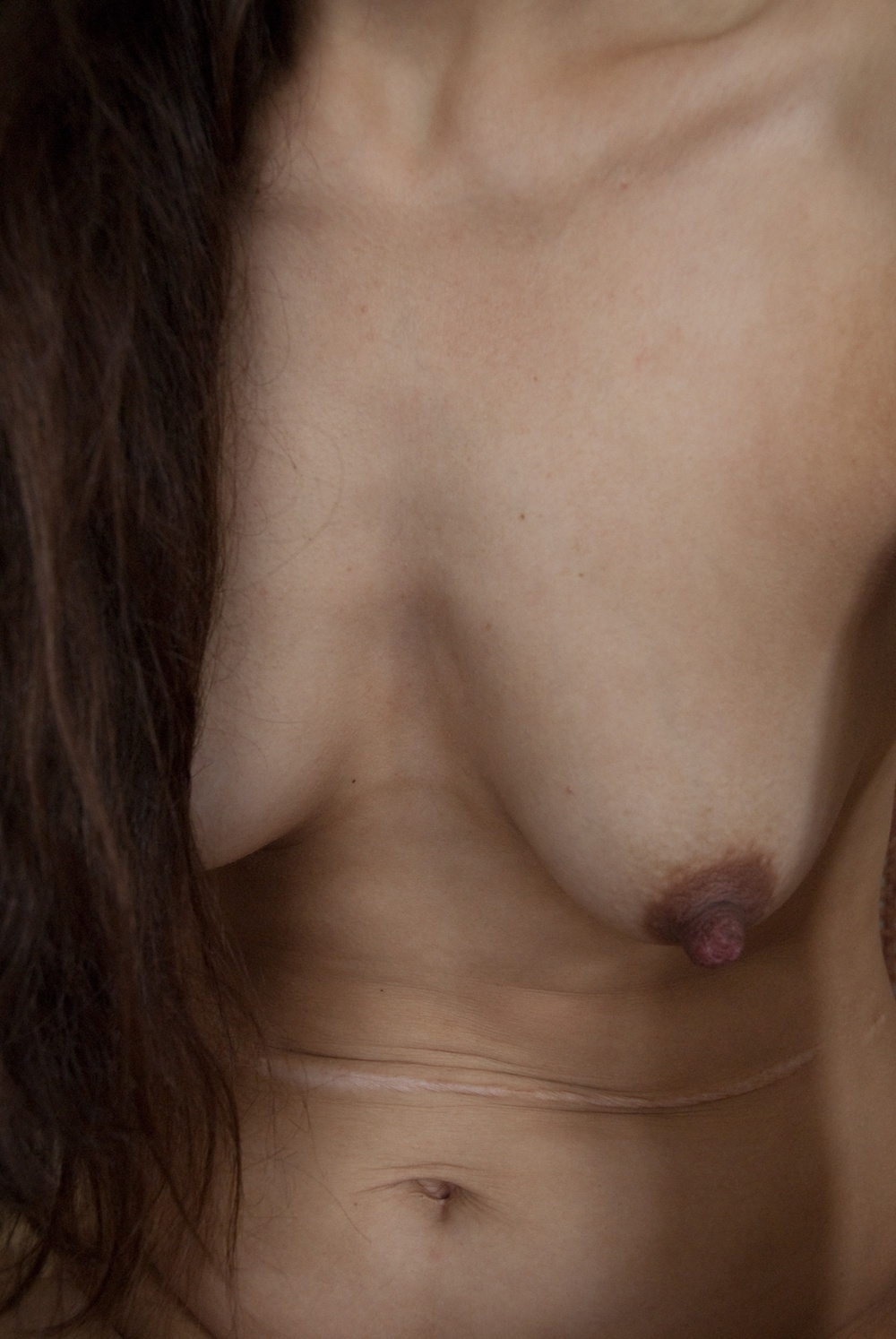reviews
2014-08-28
‘I Must Behave’, Marcel Tromp, Landfall 219, Autumn 2010

“Connew employs a gamut of devices to visually elicit what are often obscure forces, and it appears that many of his images are intended to work subconsciously, to hinder the immediate grasping of the particular, and to unsettle the emotional response to the viewer.”
UNSETTLING IMAGES
Photographer Bruce Connew’s latest work is the second of a trilogy that began in 2007, with ‘I Saw You’. His collaboration with partner Catherine Griffiths continues with this signed, limited edition of 600 copies.
As in the previous book, we are invited to view the images from at least two points of view (the personal and the ‘everyman’), an invitation cleverly conveyed both literally and laterally in the book’s title, type and cover treatment. The subtitle, ‘A sideways glance at behaviour’ informs us that this book is the result of observations and lessons learnt from a transitory yet intimate vantage point.
Both photographer and typographer have shown masterful control of all means at their disposal although, occasionally, the small size of some of the images hinders interpretation, as their detail becomes inaccessible. The book’s central gutter and binding is a distracting element on double-page spreads, viewing the prints at their intended size on a gallery wall would be more rewarding. Format aside, however, this is a body of work that peels back the layers of the obvious and digs below the surface in a pastiche of styles and subject matter.
Connew employs a gamut of devices to visually elicit what are often obscure forces, and it appears that many of his images are intended to work subconsciously, to hinder the immediate grasping of the particular, and to unsettle the emotional response of the viewer.

There are uncanny links between pictures and motives, which introduce us to an alternative reality perhaps intended to shock. Through editing and cropping, scenes are re-presented and stripped of their context by adopting or emphasising a particular aspect of his art: the vantage point, the moment chosen for taking the photograph, the plane of focus, the exposure, or by means of juxtaposition. He uses each method to effectively imply new meaning.
Some of Connew’s images could stand alone, but most work best within the group, reinforcing the theme. Each image contributes to the largely oppressive atmosphere. A sense of mourning prevails. We (humanity) have adversely affected the world, yet each subject is to some degree an implied victim of circumstances.
I found myself regretting the absence of more images that would treat more fully the causative circumstances or social context. What we get is a very personal view, limited all the more by the imagery at hand. As a photographer, I read the book as a warning, somewhat lacking in hope or solution. The last few pages lighten the atmosphere to some extent. Thoughts, clouds and candyfloss coalesce in playful whimsy. While in the ring the fight continues, the boxers have managed to last for at least six rounds!
MARCEL TROMP / 05.2009